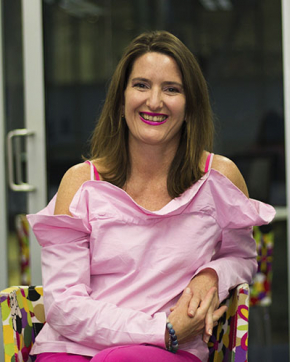Melanie Macfarlane – Sydney Morning Herald & The Age
Immigration Consultant and Executive Director of ISEAA – International Students Education Agents Association.
‘Chaos reigns’: The countries that have dodged Australia’s student visa crackdown
Some of Australia’s largest international student markets are still being granted visas at high rates while countries such as India bear the brunt of record rejections as the government uses the education sector as a key mechanism to slash migration.
In the year to April, Chinese students were granted visas for university study at a rate of more than 97 per cent, only slightly down on the year before, even as the government told universities to cut reliance on the market.
Other key markets including Vietnam, Bangladesh, Indonesia, Malaysia and Sri Lanka have maintained visa grant rates above 90 per cent while the average sits at a record low 83 per cent.
Countries such as India, Pakistan, Nepal, Kenya and Nigeria all have approval rates below 70 per cent, in significant drops from previous years.
“It’s all well and good saying don’t depend on China, but the statistics are pointing towards China having some of the highest visa approval rates,” she said.
Australian National University higher education expert Professor Andrew Norton said rejection rates for new source countries – which would allow universities to diversify their student markets – had been a chronic problem over the past few months.
“How can you diversify if the government keeps giving rejections?” he said.
“[If they want to diversify] they need to approve visas from countries which are under-represented.”
Norton said the government’s legislation to cap student numbers went far beyond what was necessary to slow growth and would do the sector long-term harm.
“They want to control it at the course level and have this idea that students should do courses in areas of skills shortages,” he said.
Norton said this sent a “confusing mixed message”, especially if the students would spend most of their working lives outside the Australian labour market.
Nishi Borra, president of the Association of Australian Education Representatives in India, said many genuine students were being turned away for confusing reasons.
“From the most recent intake, what bothers us is genuine students with the right finances, right background were declined on their aspirations,” he said.
“If they say after they finish their degree they want a good job, the rejection letter will say ‘the economic circumstances in your country don’t show that you can get a good job’.
“Lots of students are now looking at other options in different countries.”
‘On our immigration side we are absolutely flat out with business. But then on the other side in education – it’s just chaos.’
Melanie Macfarlane, International Student Education Agents Association
Since late last year, the government has prioritised visa applications for the least risky institutions as a way of weeding out foreigners using the student visa system as a back door to the jobs market. The measure is central to the government’s goal of slashing migration.
Borra said many students were unaware that a university’s risk rating affected a student’s ability to get a visa.
“This bothers us because the evidence level is not openly disclosed anywhere to the student,” he said.
The federal government stepped up its campaign to force down overseas arrivals this week, introducing legislation that would slap bans on universities that breached proposed enrolment caps.
Macfarlane, who is both a migration agent and an education agent, said genuine students had been sacrificed in pursuit of the government’s strategy.
“Chaos reigns right now within the Department of Home Affairs and ministry,” she said.
“They are just trying to limit numbers before the election next year, but they should be doing it properly.
“In my business, on our immigration side we are absolutely flat out with business.
“But then on the other side, in education, it’s just chaos.”
In the vocational sector, which has been targeted for recruiting non-genuine students who come to Australia to work, not study, large markets such as Brazil have maintained a 94 per cent visa success rate.
Approval rates for another large vocational education market, Pakistan, have slumped to 30 per cent.
